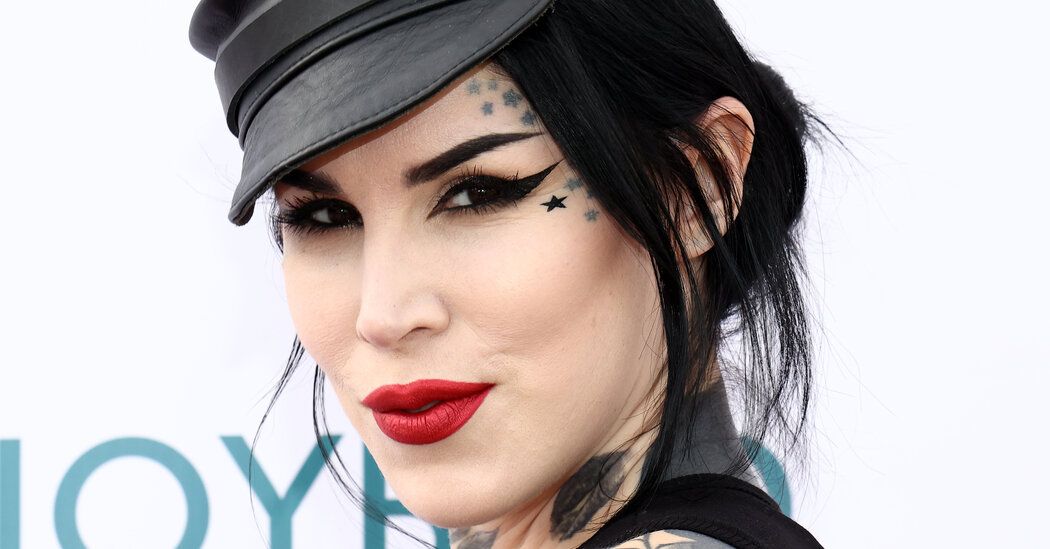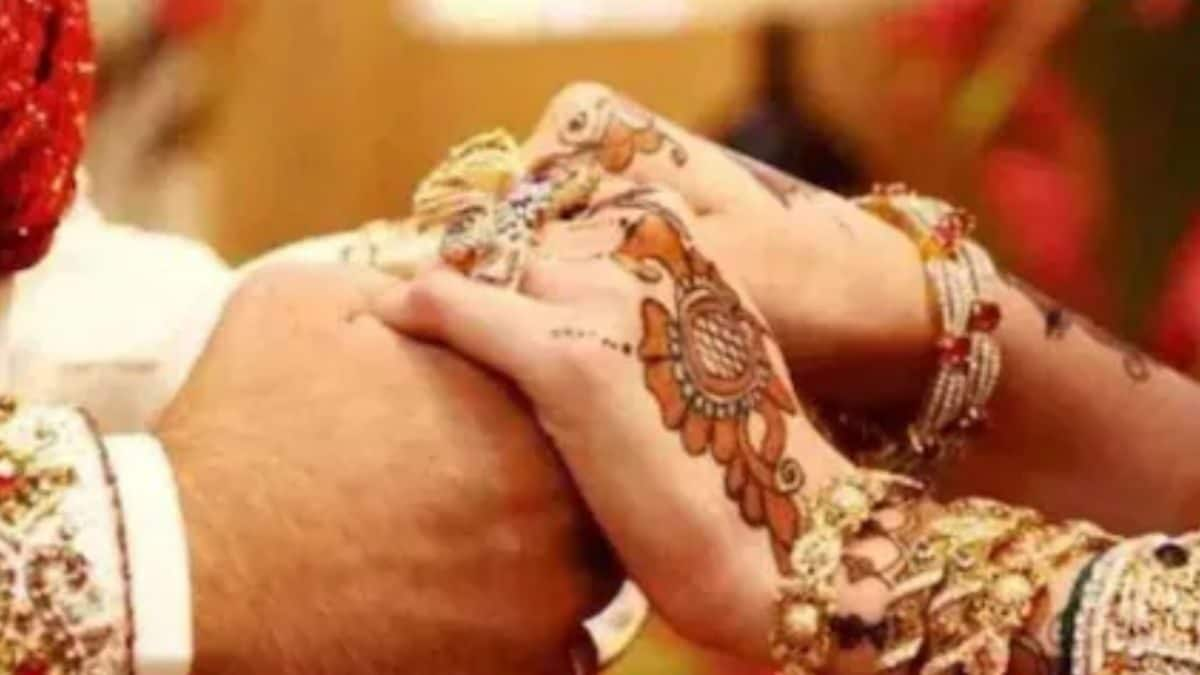Kat Von D, a celebrity tattoo artist, won a legal battle in federal court on Friday when a jury unanimously ruled that her reproduction of a photograph of celebrated jazz musician Miles Davis in a tattoo did not violate copyright law.
The trial, which began this week in Los Angeles, was the latest battle over what defines “fair use” of copyrighted material.
At issue was a 1989 photograph that the plaintiff, Jeffrey Sedlick, a photographer, took of Davis. The photo, a portrait of Davis looking directly into the camera with a finger on his lips, was published on the cover of JAZZIZ magazine, a publication that highlighted the world of jazz.
In 2017, Kat Von D, whose given name is Katherine von Drachenberg, posted a photo on her Instagram page, where she has nearly 10 million followers, of her tattooing the image on the arm of a person she identified as an acquaintance. called Blake.
“I can't believe this is the first time I've gotten a portrait of #MilesDavis tattooed! [thank you, Blake for letting me tattoo you!]” reads the caption.
The photo has more than 85,000 likes and was also shared on her Facebook page at the time.
The tattoo image would also later be shared on the Instagram page of his tattoo shop, High Voltage Tattoo. Von D, who also owned a makeup line, closed the store in 2021.
Sedlick filed a lawsuit alleging copyright infringement.
“This case should never have been brought,” Alan Grodsky, Kat Von D's attorney, said Friday. “It took the jury two hours to reach the same conclusion that everyone should have reached from the beginning: that what happened here was not “It was an infraction.”
Sedlick plans to appeal the verdict, said his attorney, Robert Allen.
“Obviously, we're very disappointed,” Allen said. “There are certain issues that should never have reached the jury. The first, if the tattoo and the photograph were substantially similar. “They are not only substantially similar, but strikingly similar.”
How could a tattoo violate copyright law?
The lawsuit was filed in 2021 under the Copyright Act of 1976, which lays the foundation for existing copyright law and basically means that no one can steal an original work from its author, if the author is the owner. of the rights.
The law also introduced the concept of “fair use,” which allows certain unlicensed uses of copyrighted works to promote freedom of expression without having to pay a fee or ask permission. This could include song parodies or television news segments that reference a movie scene.
“The idea behind fair use is that creative works are based on other creative works,” said Shubha Ghosh, a professor of intellectual property law at Syracuse University.
The lawsuit alleged several copyright violations, including reusing the tattoo itself, posting on social media, and publishing a sketch of the photo Kat Von D used to get the tattoo.
Among other arguments, the plaintiff said that Von D's reproduction of the photo as a tattoo did not fall within fair use, since, in Sedlick's interpretation, it was used for a commercial purpose on her social media pages. to promote and solicit the sale.” of goods and services from Kat Von D.”
“This case is not about tattoos,” Allen said. “This case is about visual artists having their work protected and not used without the permission of others.”
What constitutes fair use has long been the subject of legal disputes, such as whether the work was reproduced for commercial, as opposed to educational, purposes, and what part of the work was reproduced and in what way.
“Did the defendant take money that would otherwise have gone into the plaintiff’s pocket?” Ghosh said.
The jury ruled that reproductions of the photograph did not violate copyright.
The case could have changed the tattoo.
If Kat Von D had lost, the stakes in the case could have had far-reaching consequences, Ghosh said. For one thing, tattoo artists might have become more cautious about the type of work they do.
“If you're a tattoo artist, someone comes and says, 'I want to get this tattooed on my body,' now you have to worry, 'Well, who has the copyright to that thing you gave me?'” Ghosh said.
There have been similar cases in the art world.
Last year, the U.S. Supreme Court ruled that Andy Warhol's reuse of a photograph of musician Prince taken by rock photographer Lynn Goldsmith did not qualify as fair use.
The portrait was originally taken in 1981 by Goldsmith while working for Newsweek.
Three years later, when Prince released the album “Purple Rain,” Vanity Fair licensed Goldsmith's photographs for single use to Warhol, who recreated them in 16 altered versions, one of which was used in the magazine.
After Prince's death in 2016, Vanity Fair's parent company, Condé Nast, published a memorial issue dedicated to the musician and used a different altered image from the series produced by Warhol, who died in 1987. Condé Nast paid $10,250 to the Warhol estate. while Goldsmith received no money or credit.
Justice Sonia Sotomayor, who wrote the majority opinion, wrote that Goldsmith's “original works, like those of other photographers, are entitled to copyright protection, even against famous artists.”
In another case from 1994, the court ruled that parody fell within fair use, in connection with a case involving the rap group 2 Live Crew, which had recorded a cover of the Roy Orbison hit “Oh, Pretty Woman.”












